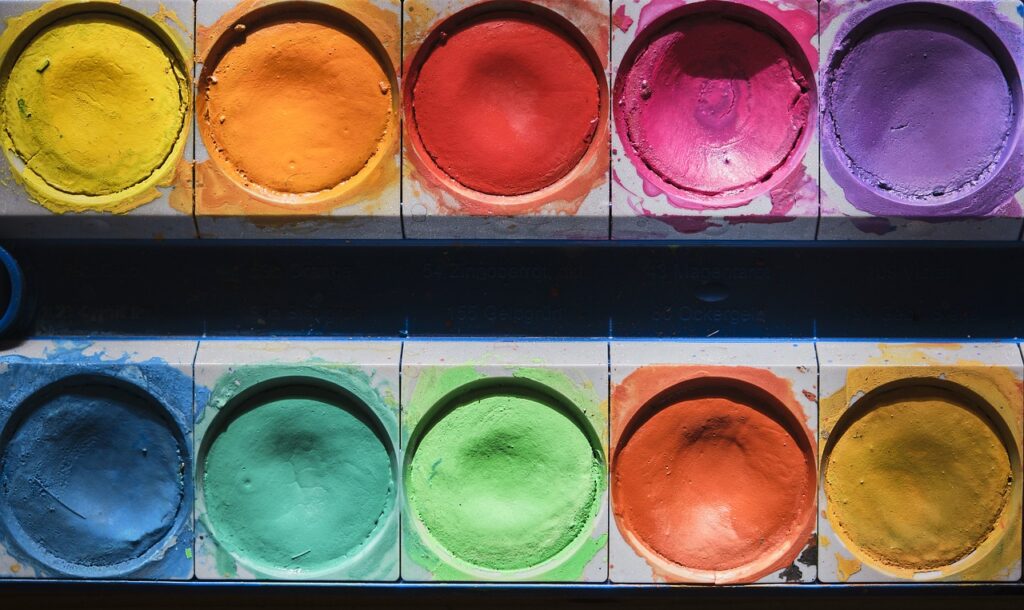Cleaning Stains With Hydrogen Peroxide
What Is Hydrogen Peroxide?
Hydrogen peroxide is a chemical compound with the formula H2O2, known for its powerful oxidizing properties. Unlike water (H2O), hydrogen peroxide contains an extra oxygen atom, making it an effective agent for cleaning and disinfecting.
This clear, colorless liquid is available in various concentrations, catering to a wide range of applications from household cleaning to industrial use.
Its ability to break down into water and oxygen makes it a safer alternative to traditional cleaners, which often leave harmful chemical residues.
Compared to conventional cleaning agents like bleach, hydrogen peroxide offers a less toxic solution for eliminating germs and stains.
Its mild nature does not compromise its efficacy as a cleaner, making it a preferred choice for those seeking eco-friendly cleaning options.
Table of Contents
Why Hydrogen Peroxide for Cleaning?

The use of hydrogen peroxide as a cleaning agent is largely attributed to its oxidizing properties, which allow it to react with and break down organic materials, bacteria, and viruses.
This reaction not only cleans surfaces but also disinfects them, making hydrogen peroxide a versatile tool in household cleaning arsenals.
- Oxidizing Properties and Effectiveness: When applied to surfaces, hydrogen peroxide attacks the cell walls of microorganisms, effectively killing them without the need for harsh chemicals. This makes it particularly useful for cleaning in kitchens and bathrooms, where hygiene is paramount.
- Environmental Benefits and Safety Profile: Hydrogen peroxide decomposes into water and oxygen, leaving no toxic residues behind. This breakdown minimizes environmental impact, unlike many traditional cleaners that can contribute to water pollution. Furthermore, its non-corrosive nature makes it safe for a variety of surfaces, ensuring that your home remains free from chemical damage.
The safety and effectiveness of hydrogen peroxide, coupled with its low environmental impact, make it an ideal choice for those looking to maintain a clean and healthy home.
By cleaning stains with hydrogen peroxide, you’re not only selecting an effective cleaning agent but also contributing to a more sustainable and eco-friendly cleaning practice.
Cleaning Stains With Hydrogen Peroxide: The Practical Applications

Household Uses for Hydrogen Peroxide
Hydrogen peroxide is not just a staple for the medicine cabinet; it’s a versatile cleaning agent that can be used throughout the home. Its efficacy in various applications makes it a go-to solution for many household cleaning tasks.
- Disinfecting Surfaces: A solution of hydrogen peroxide can be used to disinfect countertops, doorknobs, and other high-touch areas. Its ability to kill bacteria and viruses makes it an excellent choice for keeping your home germ-free.
- Cleaning Blood: For unexpected accidents, hydrogen peroxide can clean blood from fabrics and surfaces. Its bubbling action helps lift the stain, making it easier to wash away.
- Brightening Whites: Adding a cup of hydrogen peroxide to your laundry can brighten white clothes and linens. Its mild bleaching effect removes stains without the harshness of chlorine bleach.
- Removing Stains: Hydrogen peroxide is effective against a wide range of stains, including those from wine, chocolate, and grass. Applying it directly to the stain before laundering can significantly reduce or eliminate the mark.
- Deodorizing: Spraying a solution of hydrogen peroxide on smelly surfaces like trash cans or refrigerators can help neutralize odors, leaving your home smelling fresh.
- Gardening and Plant Care: A diluted hydrogen peroxide solution can help prevent fungal growth in plants and add oxygen to the soil, promoting healthy root development.
Cleaning Stains With Hydrogen Peroxide: How to Use

When using hydrogen peroxide for cleaning, it’s important to follow certain precautions to ensure safety and effectiveness.
- Precautions and Dilution Rates: Always wear gloves to protect your skin, and consider eye protection if splashing is a possibility. For general cleaning, a 3% solution is typically safe and effective. However, diluting it with water (equal parts of each) can be sufficient for surfaces that require a gentler approach.
- Application Methods for Different Tasks:
- For disinfecting, apply the solution directly to the surface, allow it to sit for at least 10 minutes, and then wipe it off with a clean cloth.
- To clean blood or remove stains, pour hydrogen peroxide directly on the affected area, let it bubble for a few minutes, then blot and rinse.
- For laundry, add a cup of hydrogen peroxide to the wash cycle to brighten whites.
- In the garden, spray a diluted solution on the soil to combat fungus and promote oxygenation.
Using hydrogen peroxide for cleaning is not only effective but also environmentally friendly.
By understanding the proper precautions and application methods, you can harness the power of this versatile cleaner to maintain a healthy, clean home.
FAQs
Can hydrogen peroxide be used on colored fabrics?
- While hydrogen peroxide is famed for its bleaching effects, it is generally safe for use on colored fabrics. However, it’s always wise to perform a spot test on a hidden area of the fabric to ensure it doesn’t cause discoloration before cleaning stains with hydrogen peroxide. Unlike chlorine bleach, hydrogen peroxide is milder and less likely to bleach colors, but caution should still be exercised.
How does hydrogen peroxide compare to bleach for disinfecting?
- Hydrogen peroxide and bleach are both effective disinfectants, but they have different chemical compositions and safety profiles. Hydrogen peroxide is considered more environmentally friendly and safer for use around pets and children since it breaks down into water and oxygen. Bleach, while a powerful disinfectant, can be more corrosive and leave behind toxic residues. For household disinfecting, hydrogen peroxide is a preferable choice for those seeking a gentler, safer alternative.
Is hydrogen peroxide safe for all surfaces?
- While hydrogen peroxide is safe for many surfaces, it’s not suitable for all. It can be corrosive to certain metals and may damage delicate fabrics or surfaces. Always test a small, inconspicuous area first. Avoid using it on granite, marble, or other porous stone surfaces, as it can cause etching or discoloration.
Tips for storing and handling hydrogen peroxide
- Proper storage and handling of hydrogen peroxide are crucial to maintain its effectiveness and ensure safety. Here are some tips:
- Store in its original container, away from direct sunlight and heat, as light and heat can decompose hydrogen peroxide into water and oxygen.
- Keep the bottle tightly closed to prevent the escape of oxygen gas and to avoid weakening the solution.
- Use a dark container if transferring it, as hydrogen peroxide is sensitive to light.
- Do not mix hydrogen peroxide with vinegar or other acids to avoid creating a potentially harmful reaction.
Understanding these FAQs can help cleaning stains with hydrogen peroxide easy, more effective, and safe. In your cleaning routine, ensure you get the benefits without the drawbacks.
